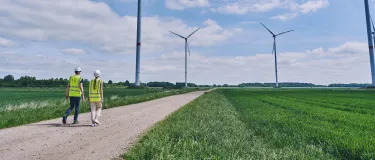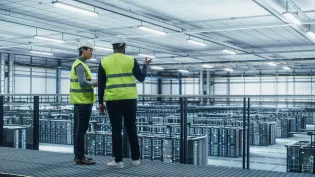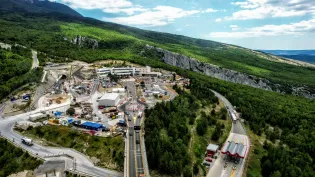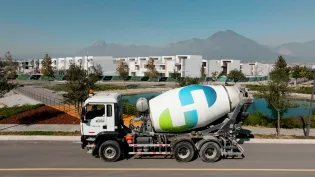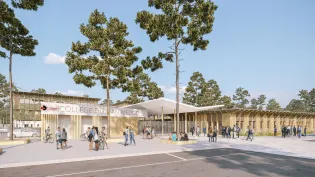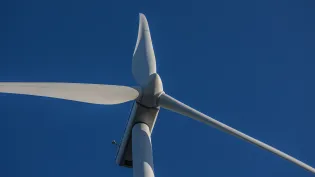Shifting to renewable energy
Much more renewable energy is needed to meet the world’s net-zero goals. By 2050, the International Energy Agency (IEA) expects almost 90% of the world’s electricity to come from renewable sources – 70% from solar and wind.
At Holcim, we take a science-driven approach to become a net-zero company with targets in line with the Science Based Targets initiative 1.5°C framework. Decarbonizing our sources of energy, increasing alternative and renewable energy across all our operations, is one of the key levers we focus on.
Our goal is to reduce Scope 2 emissions – which come from purchased electricity to power our sites – by 65% by 2030, compared to a 2018 baseline. Just recently, we reached 100% renewable energy in Colombia to run our operations, supplied from hydroelectric and solar plants, paving the way for other countries to follow.
Installing on-site renewable energy, buying decarbonized electricity through off-site Power Purchase Agreements (PPA’s) and turning waste heat into electricity are the main ways we are reducing Scope 2 emissions. Furthermore, with our building solutions we are building more renewables infrastructure, from low-carbon windfarms to solar panels on our cities’ roofs.
On-site solar energy
Solar is already proving to be an effective source of electricity generation in Holcim plants across Europe and Latin America.
With the energy company AES, we are building a photovoltaic park of more than 39,000 solar panels within our El Ronco plant, located in Metapán, El Salvador. From 2023, this park will generate 17 MW peak of clean power, supplying 21% of the electricity required by the plant.
At the Nagarote plant, Nicaragua, we are building a solar park which will supply approximately 40% of the electricity required by our operations.
In Belgium, we will construct our first floating photovoltaic plant in collaboration with Total Energies, which will supply renewable power equivalent to 15% of the Obourg cement plant’s total electricity needs from 2024.
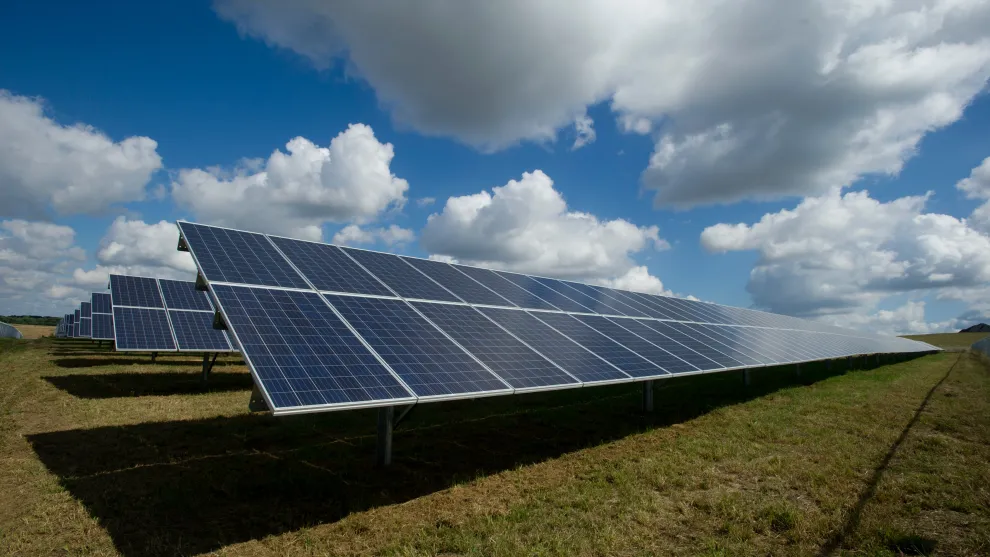
Wind power at our facilities
We are expanding the installation of wind farms in our plants, with some sites in Africa and Europe leading the way:
Our pioneering wind power projects date back to 2005, when our Tetouan plant (Morocco) became the first cement plant in the world to have its wind farm. Over the past few years, wind power has replaced an increasing share of the electrical needs at all Holcim plants in the country – reaching around 70%.
Thanks to their favorable geographic locations, our plants in Germany covered 30% of their electricity requirements from wind power in 2022.
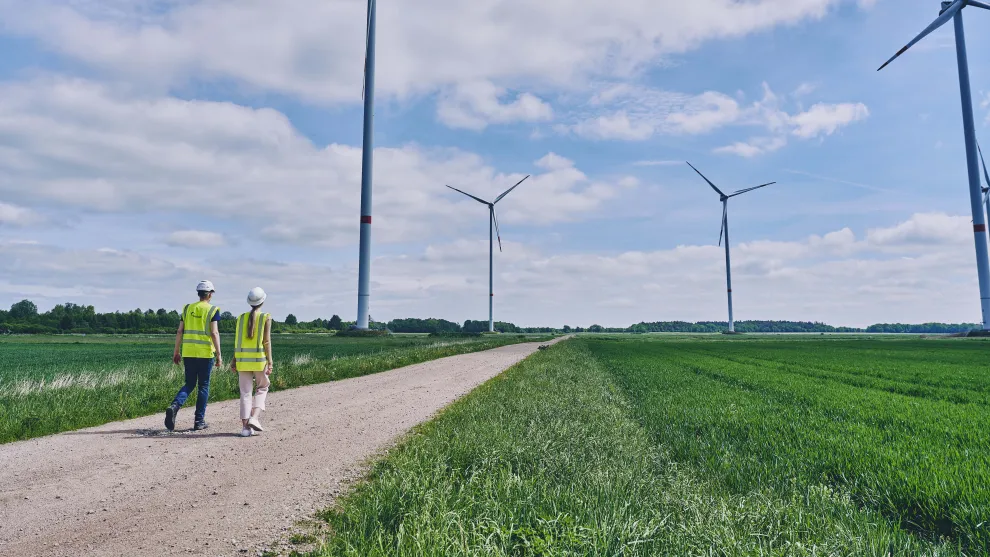
Waste heat recovery
The basic idea behind waste heat recovery is to capture excess heat created in one part of a facility and reuse it in other applications to maximize energy efficiency. Holcim’s waste heat recovery systems are designed to use excess heat from our cement kilns to generate electricity.
We currently operate eight waste heat recovery units, generating 318 gigawatt hours of carbon-free electricity, equivalent to a carbon savings of 165,000 tons each year.
Power Purchase Agreements
Power Purchase Agreements (PPAs) are key to helping us reach our net-zero target. They refer to a long-term electricity supply contract between a corporate buyer, Holcim in this case, and a renewable power supplier. Prices, amount of electricity, and renewable sources to be supplied are some of the specifications often outlined in the PPA.
In Europe, our teams in Poland entered into a similar agreement, which covers 30% of our total power consumption in the country. To further boost the share of electricity sourced from renewables, Holcim Germany plans to secure 50% of its plants' power needs from a new offshore wind park that will become operational in 2025. And by 2023, 40% of our electricity in Spain will come from wind and solar, and hydropower will supply over 40% of our electrical consumption in Switzerland.
In Argentina, we signed a 10-year power supply agreement with Pampa Energía, helping us secure 65% of our electricity needs from wind generation.
Enabling more renewable energy with our building solutions
Concrete plays a key role in accelerating the transition to renewable energy. Solutions like our low-carbon concrete ECOPact, offering 30% less CO2 than the market standard, enable safe, reliable, cost-effective and high-performance renewables infrastructure, from dams to wind farms.
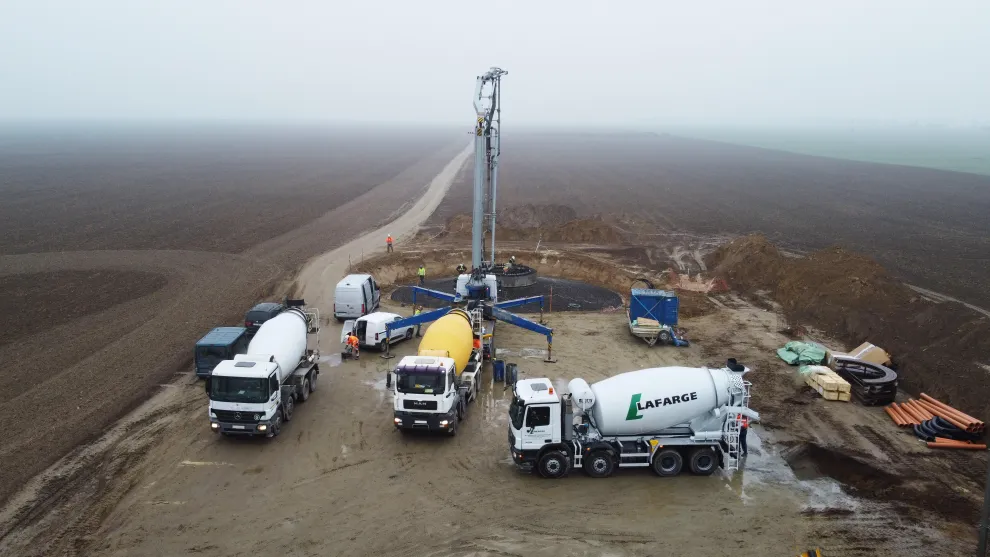
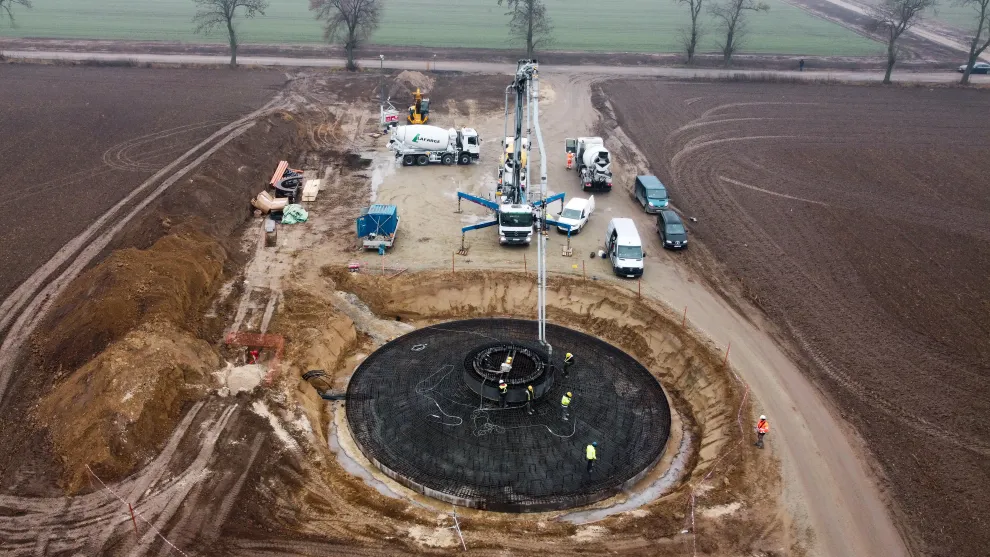
Sabowind, a full-service supplier and operator of wind energy, used 4,200 m3 of ECOPact concrete to build 13 wind turbine foundations for a new wind farm in Markowice, Poland. Thanks to ECOPact, Sabowind achieved an emissions reduction of 31% during the construction phase. The wind farm will significantly boost clean energy production in the north-central part of the country: Upon completion it will produce 300 GWh of electricity per year, supplying energy to around 75,000 households and saving some 100,000 tons of CO2.
In addition, our advanced roofing systems play an essential role in making buildings more sustainable in use, adding key functionalities to a building’s envelope to make our cities greener.
Greening our operations to become a net-zero company
At Holcim we are becoming a net-zero company, putting climate action at the heart of our strategy. We are at the forefront of decarbonizing building end-to-end, in line with our purpose to build progress for people and the planet. We are greening our operations to decarbonize Holcim and become a net-zero company with green energy, green formulations, green mobility and next-generation technologies.



